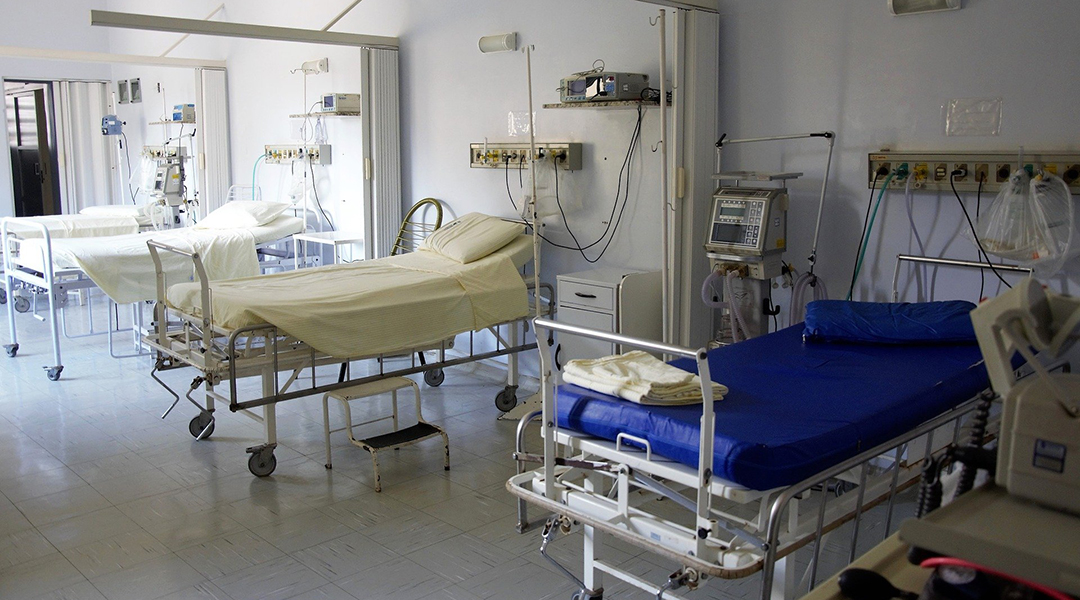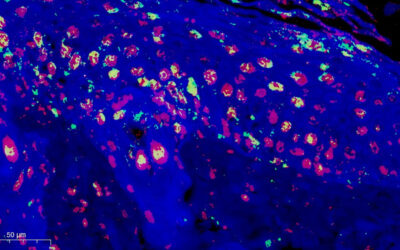The prognosis for critically ill patients, regardless of illness, can be drastically affected by a buildup of pressure in the abdomen. Commonly referred to as abdominal compartment syndrome (ACS), this can lead to organ failure, and may go unrecognized or be falsely attributed to their primary illness or injury.
Accurate and prompt diagnosis are vital to ensuring survival. To this end, a team of researchers from Chongqing University and the Army Medical University of PLA are looking to develop new technologies to make routine monitoring of intra-abdominal pressure and ACS a reality.
Current procedures can be either too technical or invasive for regular and effective monitoring of intra-abdominal pressure. “For example, direct laparoscopic measurement with an intra-abdominal catheter is the most accurate method,” explained Hailin Cao, professor at Chongqing University. “However, it is expensive and requires highly trained personnel. Indirect urethral measurement — often referred to as trans-bladder measurement — is the most widely used and reliable method for monitoring, though it can result in urinary tract infections or urethral injury.”
In contrast, their novel approach, recently published in the journal Advanced Intelligent Systems, uses a radar system to wirelessly scan and measure tension in the abdominal wall, then uses artificial intelligence (AI) to elucidate unique signals that might help identify intra-abdominal pressure before it becomes too serious.
“Our radar system can detect trivial vibrations in the abdomen and transform them into a time series — a read out for how these signals change over time,” said Cao. “This is significant because different patients suffering from intra-abdominal pressure exhibit different respiratory characteristics and abdomen contractions and expansions — this is important information that clinicians can use.”
The radar system uses millimeter-length waves, which are not hindered by clothing or other organic materials, and a special type of sensor called a frequency-modulated continuous wave (FMCW) radar. The FMCW radar system has found application in medicine as a contactless monitoring system, conventionally used to measure respiration and heart rate.
In their experiments, the signal is continuously transmitted and its frequency changed over time, sweeping across a set range over a defined period of time. The transmitted and reflected radar signals are both recorded and “mixed”, yielding a final readout that will depend on the object being measured and how far away it is from the device.
After acquiring their readings, the team used a deep learning method they developed called PCG-DANN, which stands for pearson-coefficient-guided domain adversarial neural network. This is a deep learning neural network that determines relationships in data sets.
“PCG-DANN tries to learn domain-invariant features from the collecting samples to build models with the capability to predict out-of-distribution samples,” said Cao. “Domain-invariant refers to ‘extracted features’ that do not vary from domain to domain. Here, domain can be understood as different groups of people with different physiological indexes like sex, height, and weight, etc.”
The team applied it to mapping the measured abdominal signals over time and matched it to corresponding intra-abdominal pressure values.
“ACS can be avoided through timely treatment and the survival rate can thus be improved,” added Lianyang Zhang from Daping Hospital of Army Medical University. “With this system, intra-abdominal monitoring in critical care patients is made simple and standardized.”
Reference: Hao Tang, et al., Deep Domain Adaptation for Predicting Intra-abdominal Pressure with Multichannel Attention Fusion Radar Chip, Advanced Intelligent Systems (2022). DOI: 10.1002/aisy.202100209

















